PLAYISM has just released a new first-person shooter game on PC, Bright Memory Infinite. Powered by Unreal Engine 4 and developed by a small studio, the game takes advantage of Ray Tracing and DLSS. As such, we’ve decided to benchmark them and share our findings.
Bright Memory: Infinite features DLSS, ray-traced reflections, shadows, caustic effects, and global illumination. FYQD Studio has worked closely with NVIDIA in order to implement them.
For these benchmarks, we used an Intel i9 9900K with 16GB of DDR4 at 3600Mhz and NVIDIA’s RTX 3080. We also used Windows 10 64-bit, the GeForce 496.49 driver.
Below you can find some comparison screenshots between ray-traced (left) and the non-ray-traced (right) versions.
Contrary to other games, there is a noticeable difference between these two versions. However, these Ray Tracing effects come with a huge performance penalty on the highest settings. Still, and even without DLSS, owners of high-end RTX GPUs can enjoy these effects with 60fps, even at 1440p. By enabling DLSS, you can get even higher framerates.
It’s also worth noting that the DLSS implementation in this game is great. Below you can find some comparison screenshots between native 4K (left) and DLSS Quality (right). Pay attention to the second comparison, in which DLSS offers better anti-aliasing than the native 4K image. Not only that, but DLSS does not blur the image at all. As such, we strongly suggest enabling DLSS in this game.
Stay tuned for our PC Performance Analysis article!





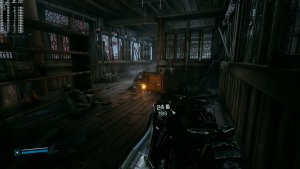
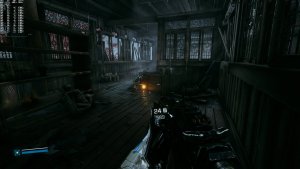
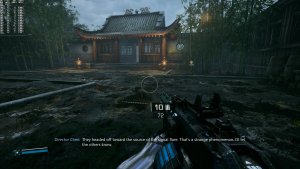
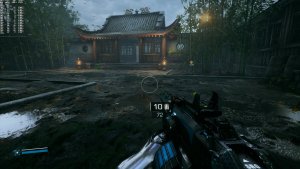
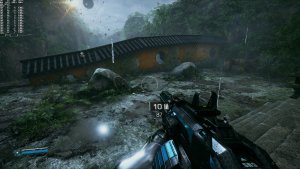
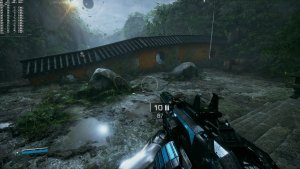
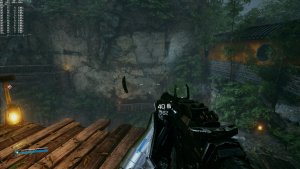
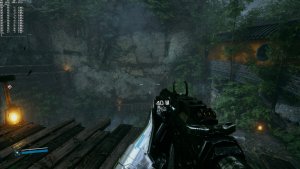
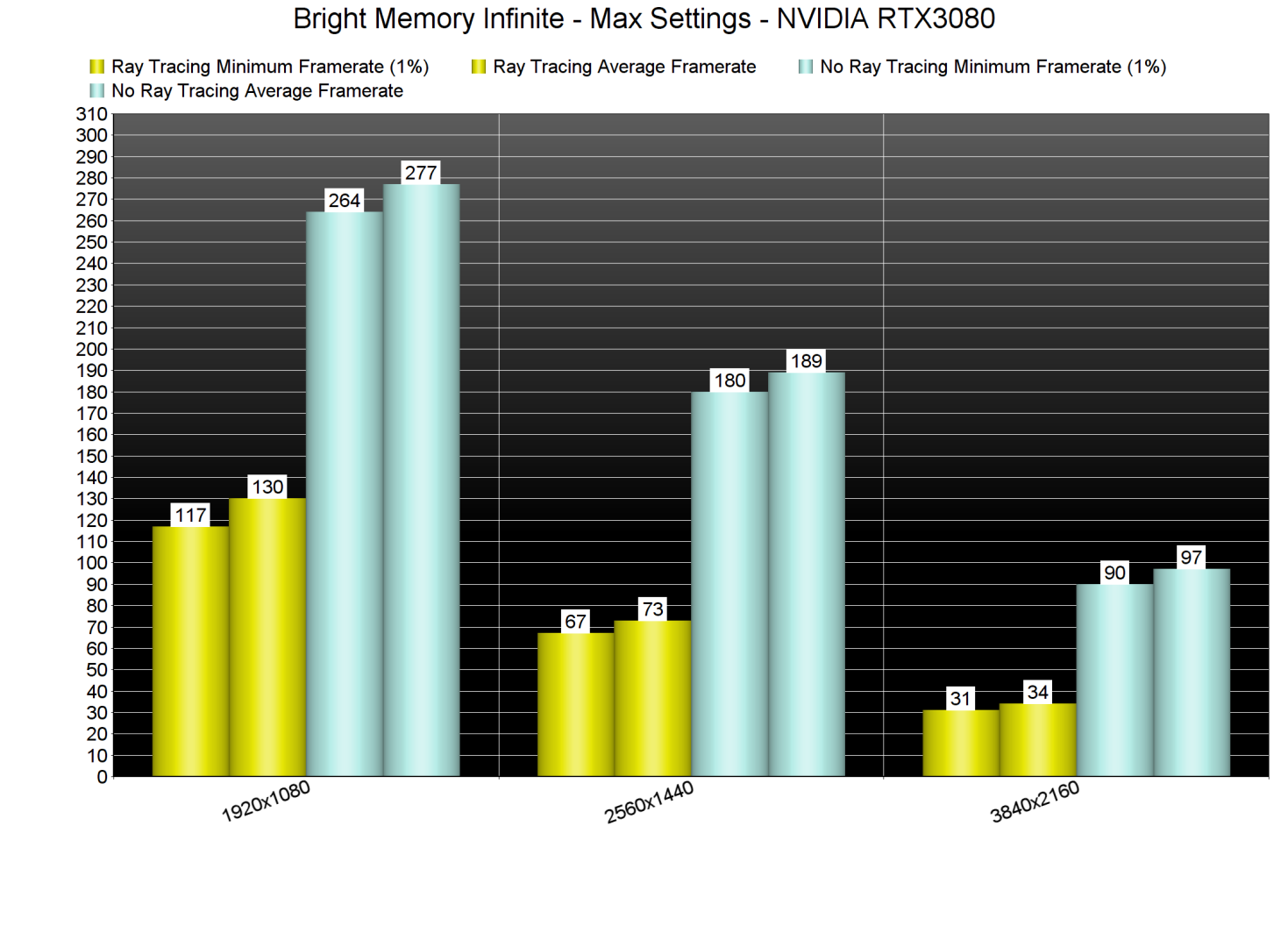



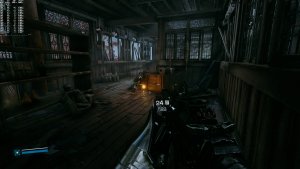
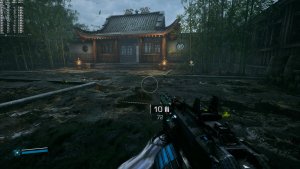
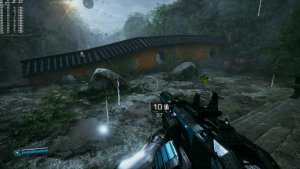
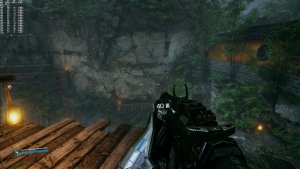
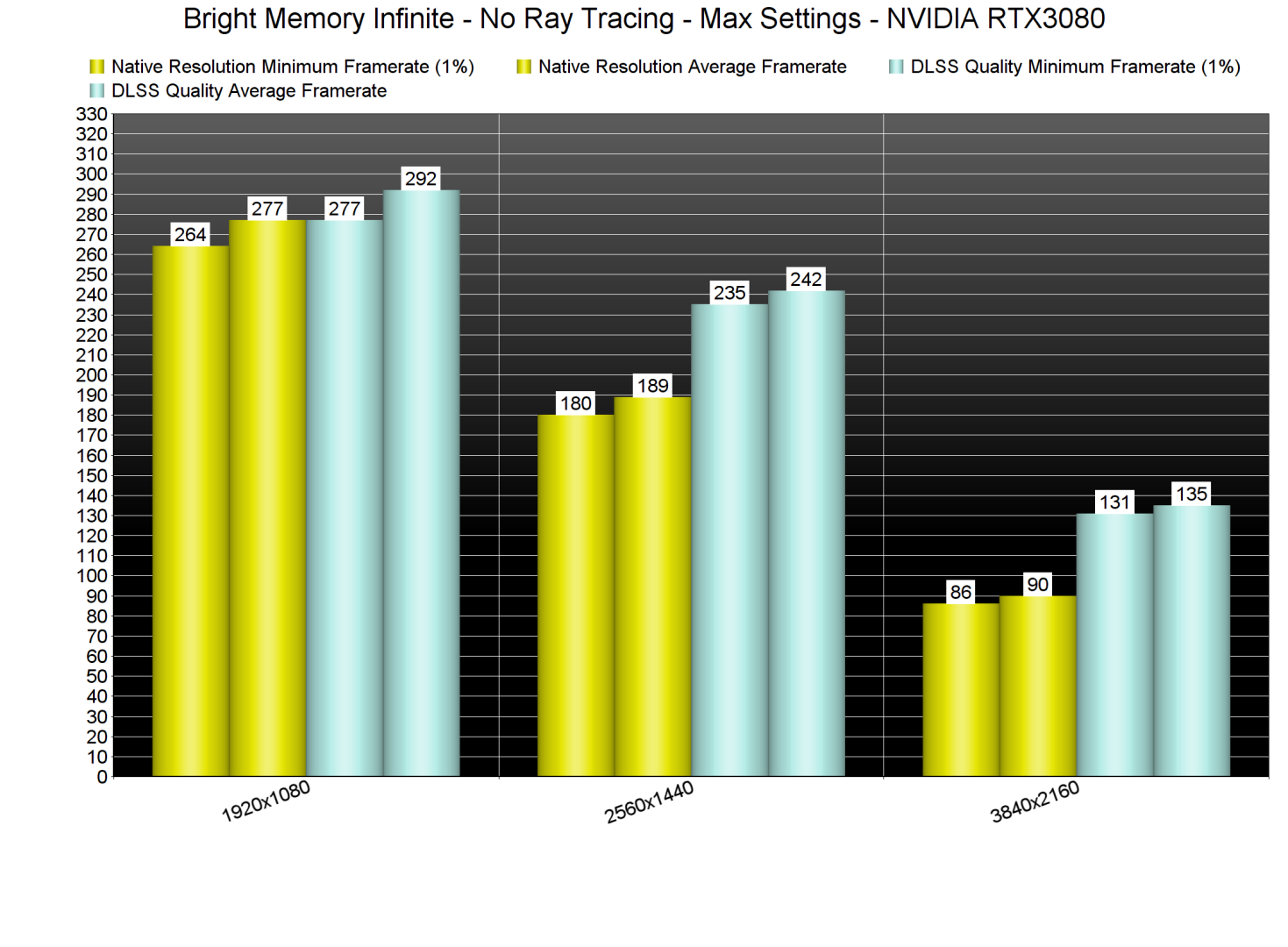
Be the first to comment